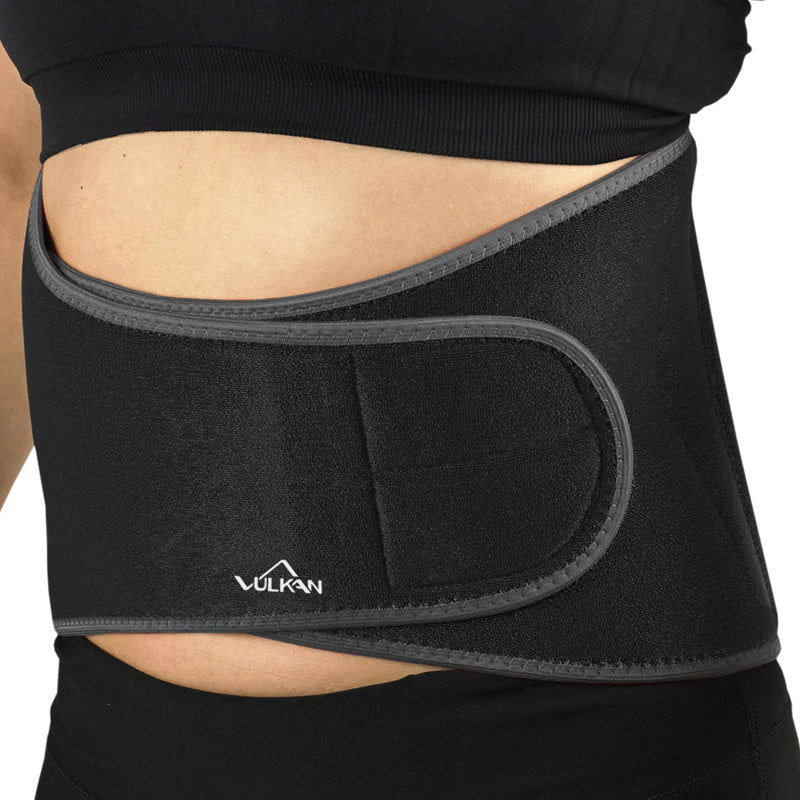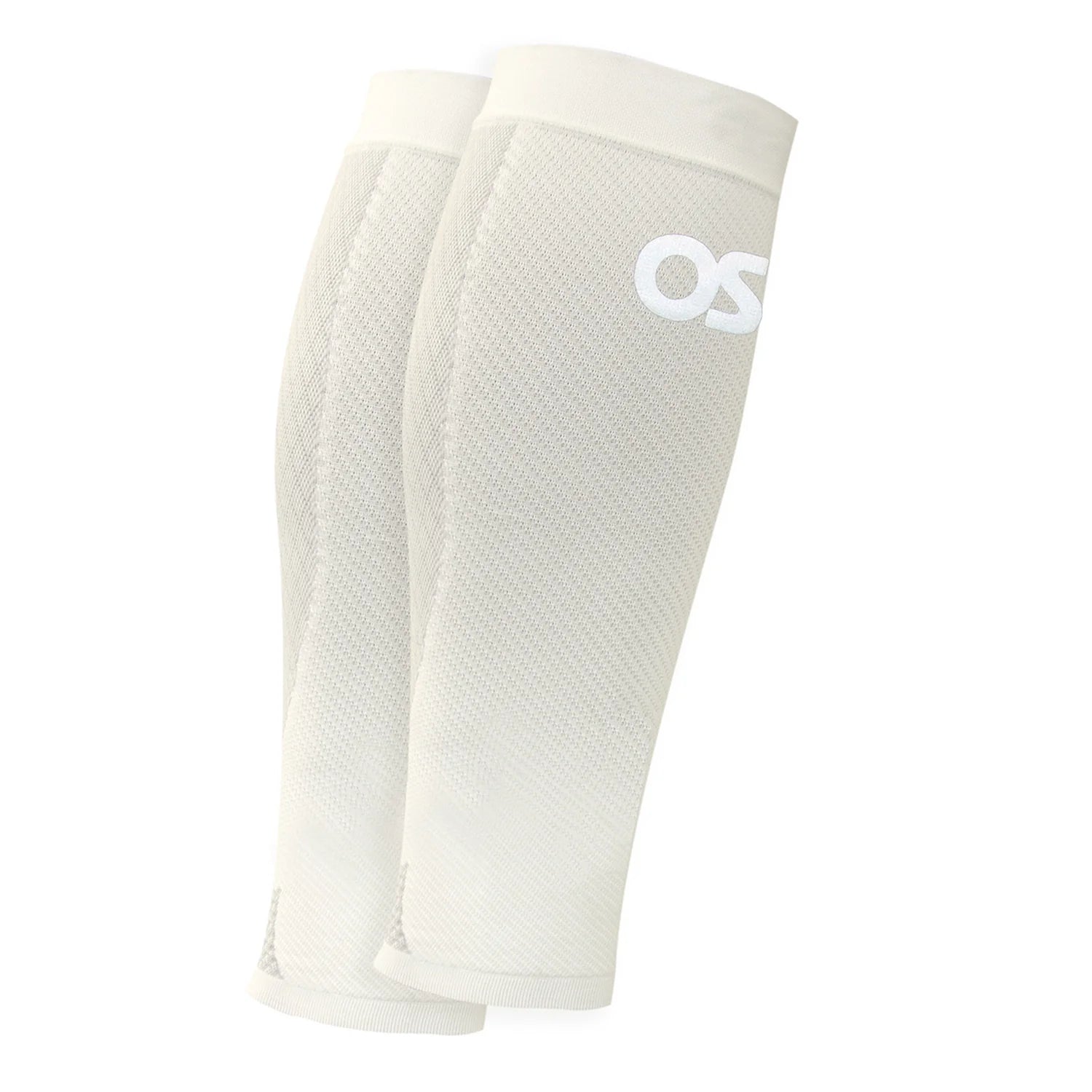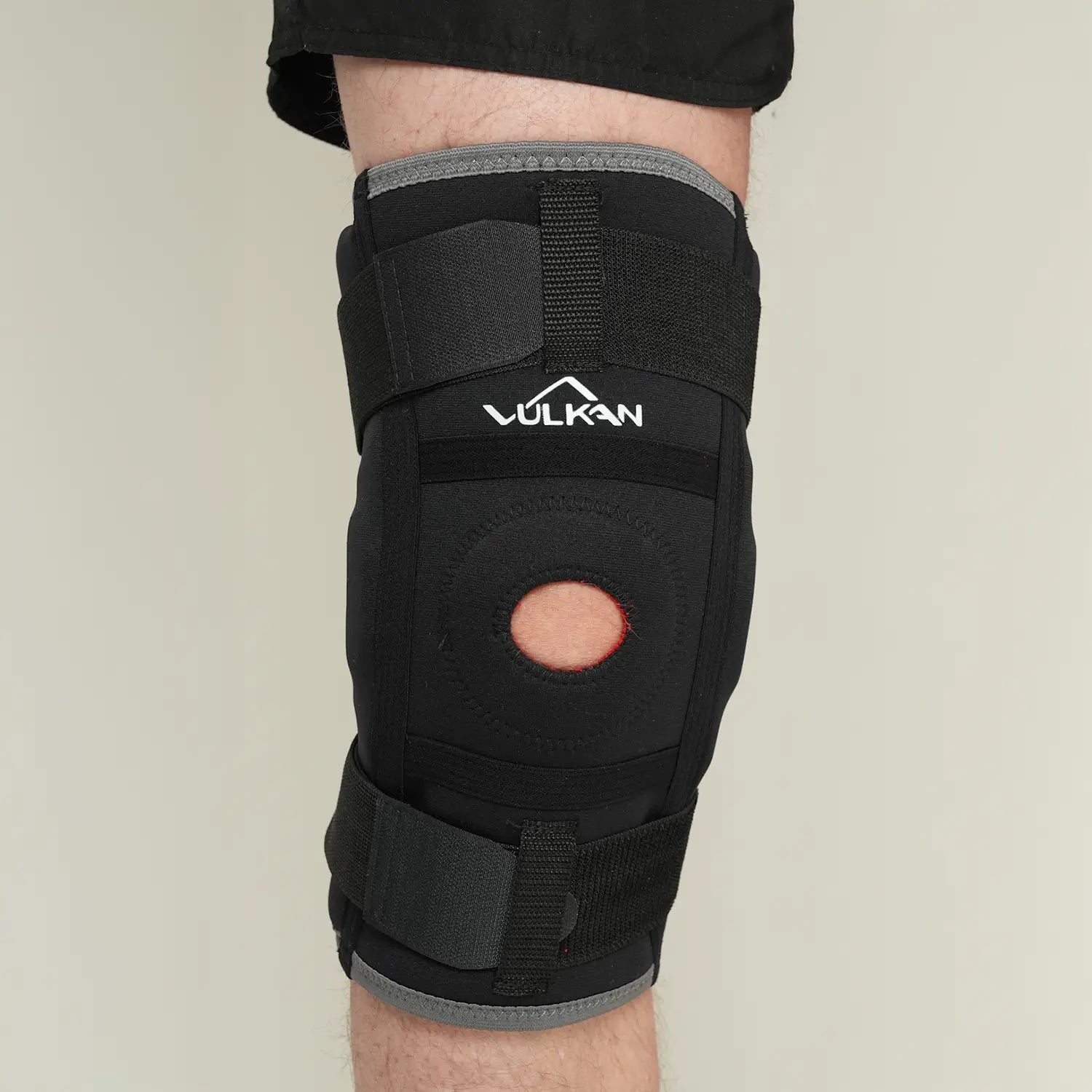
Wrist pain
Table of contents
Wrist pain is a common complaint that can affect daily life and work ability. The wrist is a complex structure consisting of bones, joints, tendons and nerves, making it susceptible to both acute injuries and long-term overload. Understanding the cause of the pain is crucial to choosing the right treatment and preventing future problems.
Symptoms of wrist pain
Common symptoms of wrist pain include:
- Pain or tenderness in the wrist
- Swelling or redness around the joint
- Stiffness or decreased mobility
- Numbness or tingling in the hand or fingers
- Pain with strain or certain movements
Causes
Wrist pain can have several causes. Acute injuries, such as sprains or fractures, often occur from falls or direct trauma. Overuse injuries are common from repetitive motion or static loads, such as when working with a computer or playing certain sports. Inflammatory conditions such as carpal tunnel syndrome or de Quervain's syndrome can also cause pain. Other causes include osteoarthritis, rheumatic diseases, and nerve compression.
Diagnosis
To determine the cause of wrist pain, a clinical examination is performed, where the doctor assesses mobility, pain points and any swelling. In some cases, imaging tests such as X-rays, ultrasound or MRI may be needed to identify damage to bones, tendons or soft tissues. An accurate diagnosis is important in order to choose the right treatment method.
Treatment
Treatment for wrist pain depends on the underlying cause. For acute injuries, rest, ice, compression, and elevation (RICE) is often recommended. Painkillers and anti-inflammatory medications can relieve symptoms. For overuse injuries, it is important to identify and modify the activities that are causing the pain. Physiotherapy and ergonomic adjustments can be helpful. In some cases, orthoses or wrist supports can be used to relieve the joint. In more serious conditions, surgery may be necessary.
Prevention
To prevent wrist pain, it is important to avoid overuse by varying your work posture and taking regular breaks during repetitive activities. Using ergonomic aids and proper technique during physical activity can reduce the risk of injury. Strength and mobility training for the forearm and wrist can also help prevent discomfort.
Recommended products
When should I seek care for wrist pain?
If the pain is severe, does not improve with rest, or if you experience numbness, weakness, or swelling, you should contact your healthcare provider for an assessment.
Can I continue to work or exercise with wrist pain?
It depends on the cause of the pain. For mild symptoms, adjusting activities and using supports can help. For more severe pain, the load should be reduced and professional advice should be sought.
What exercises can help with wrist pain?
Simple mobility and strengthening exercises for the hand and forearm can be beneficial. However, it is important that the exercises are tailored to the individual's needs and that they do not cause additional pain.
How long does it take to recover from wrist pain?
Recovery time varies depending on the cause of the pain. Mild overuse injuries may heal within a few weeks, while more serious conditions may require longer and more extensive treatment.













